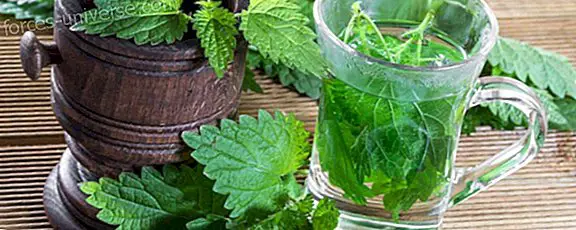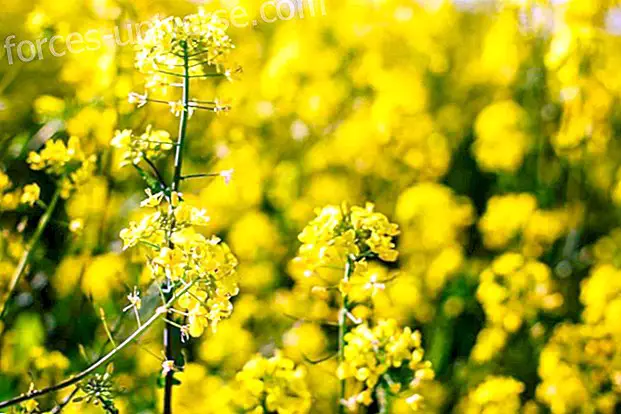
The Argon tree (Argania Spinosa) is from the Sapotaceae family and is a perennial tree, native to Morocco. It can measure up to 10 meters and live more than 150 years. It has thorns and its trunk is cracked and rough. Its leaves, very numerous, are small and oval with yellow flowers of 5 petals that bloom in April. The fruits are nuts that are covered by a shell that contains between 2 and 3 seeds. In June, when the nuts ripen, they dry and take a brown color.
Tips for the cultivation of the Argon tree
The Argon tree is accustomed to dry, dry and below 800 meters climates, so it will have more possibilities to develop under these conditions.
Argan nuts are sown from January to June. For the seeds to germinate more easily, we must submerge them in warm water 48 hours before sowing them. Once sown they can take up to 3 months to germinate. It is advisable to keep them in a greenhouse or at temperatures between 17 and 23 C and not give them direct light to favor the process.

The excess of water can be a delicate point in the cultivation of the Argon tree. Remember that it is a tree with great resistance to droughts. That is why if we give it too much we can produce rot and other imbalances in the plant and in the tree as an adult. That is why it is important to water little and adjust and knowing the water needs you have, these needs are based on the climate and type of soil in which you grow it. It is preferable that the soil is dry to that it is moist, especially for seedlings, which are more delicate.
You need direct exposure to the sun and a minimum of hours for it to develop properly.
We must bear in mind that this tree has very deep roots
The Argan tree can take between 5 and 6 years to bear fruit.
Argan oil can be enjoyed in the kitchen and you can also take advantage of its medicinal properties for health in general and the good condition of the skin and cell regeneration in particular.
The seeds are rich in oleic acid (Omega 9) and linoleic acid (Omega 6), beta-carotene, polyphenols (antioxidants), tocopherols (Vitamin E) or sterols.
In cosmetic use, we can add it when we make soaps, creams, masks for the skin or hair, to strengthen the nails, etc. Although we can also apply and use only the oil and continue to take advantage of its benefits.
Argan oil has been traditionally used to:
- Argan oil improves and relieves gastrointestinal diseases
- Prevents cardiovascular diseases
- It has great anticancer action due to sterols.
- In addition, Argan oil has an antiseptic effect, being very useful for cleaning small wounds.
- The fungicidal effect makes Argan oil a very effective remedy when fighting nail fungus, etc. It is applied over the affected area and left overnight. In addition, it will strengthen them remarkably.
- Relieves rheumatic pain if we massage the affected areas with oil.
- Improves eczema cases
- It gives strength and life to weak or brittle hair.
- Provides elasticity to the skin, hence its benefits of using it to prevent stretch marks or wrinkles
- Soothes itching and skin irritation.
- It is a good skin protector against sun exposure
- It regulates the sebaceous secretion of the skin, so it is beneficial in cases such as acne or other problems in the skin and scalp in which there is an imbalance of this type.
- Relieves and regenerates the skin in cases of burns
In order for Argan oil to maintain all its properties, the seeds must be pressed already toasted cold.
Medicinal properties of Argan oil and how to grow it






